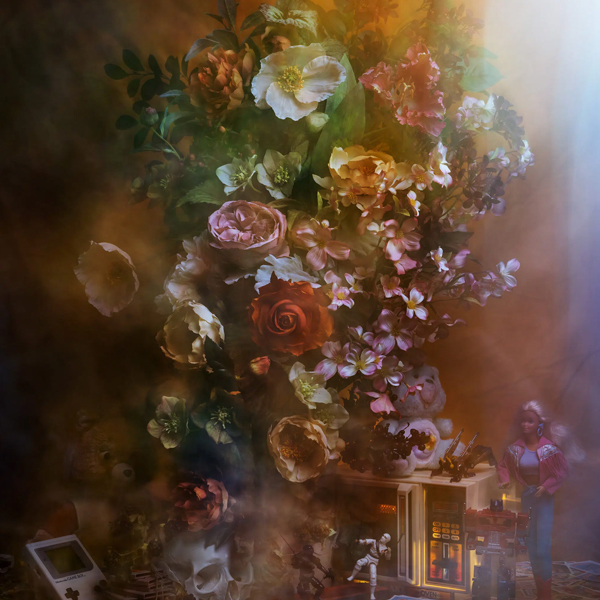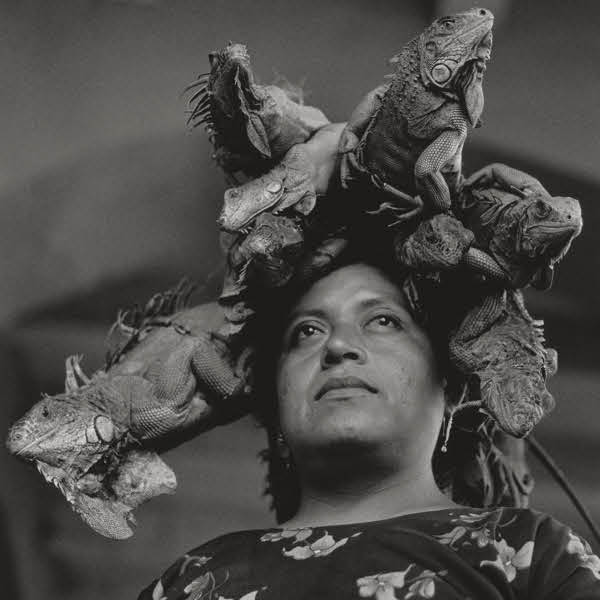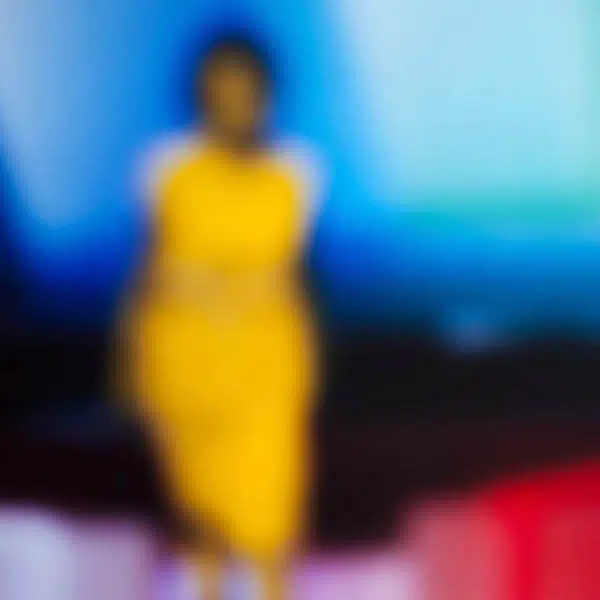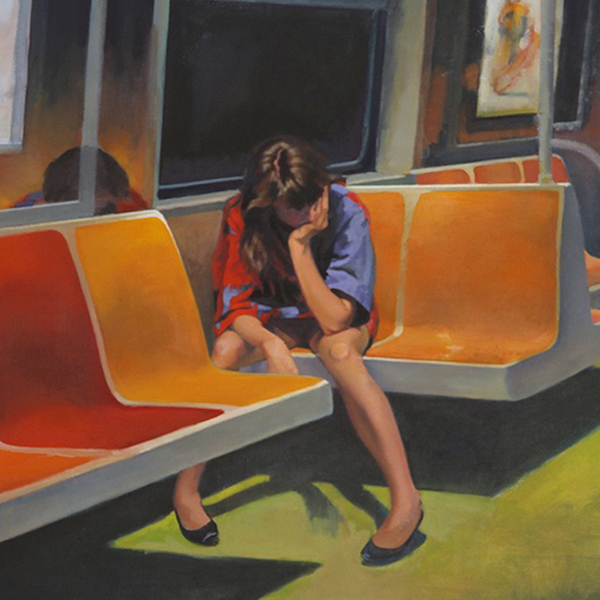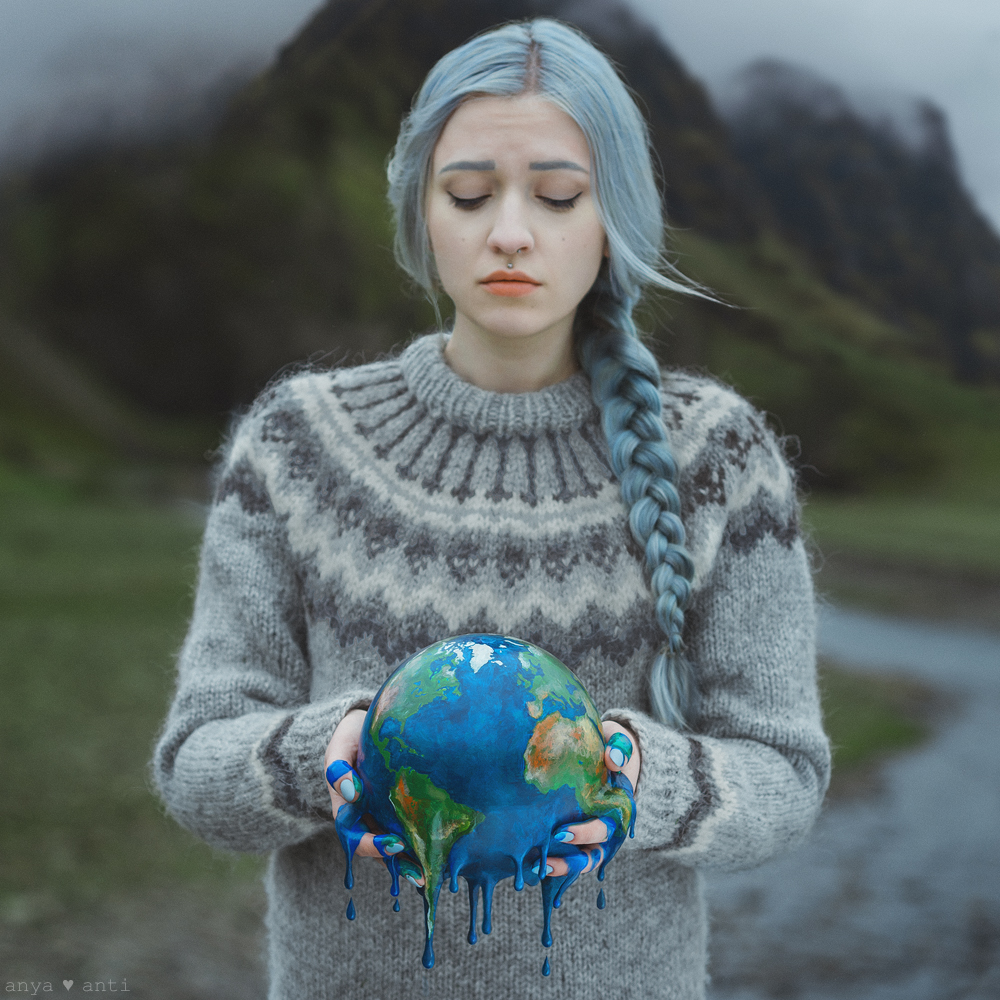
“Global Warming”
New York-based artist Anya Anti uses her conceptual photography practice to explore new ideas and illuminate different issues. Her newest project, 2.5 Seconds, raises awareness about climate change through allegorical figures, surreal symbolism, and eye-catching backdrops.
You might be wondering what 2.5 seconds has to do with climate change. “I used ‘2.5 Seconds' as a title because I wanted to invoke the power of numbers to create a strong, straightforward, and shocking effect,” Anti tells My Modern Met. “Planet Earth is 4.5 billion years old. Mankind is about 140,000 years old. If we compress the Earth's existence into a normal full day of 24 hours, then we’ve been on this planet for… 2.5 seconds. In 2.5 seconds, we’ve become the dominant species with a rapidly growing population, causing a catastrophic impact on the environment.” When viewed from that perspective, the damage we have inflicted on the world is indeed appalling.
Originally from Ukraine, Anti developed her photography and editing skills on her own. The desire to create original and unconventional images led her into a genre of surreal female portraiture, in which she creates unique characters with their own storylines. By using models, props, different locations, and composites, Anti gives the viewer a glimpse into the fantastical worlds of her own creation—whether they be more beautiful, mysterious, or dangerous.
We recently caught up with Anti to learn even more about her project, 2.5 Seconds. Read on for our exclusive interview.
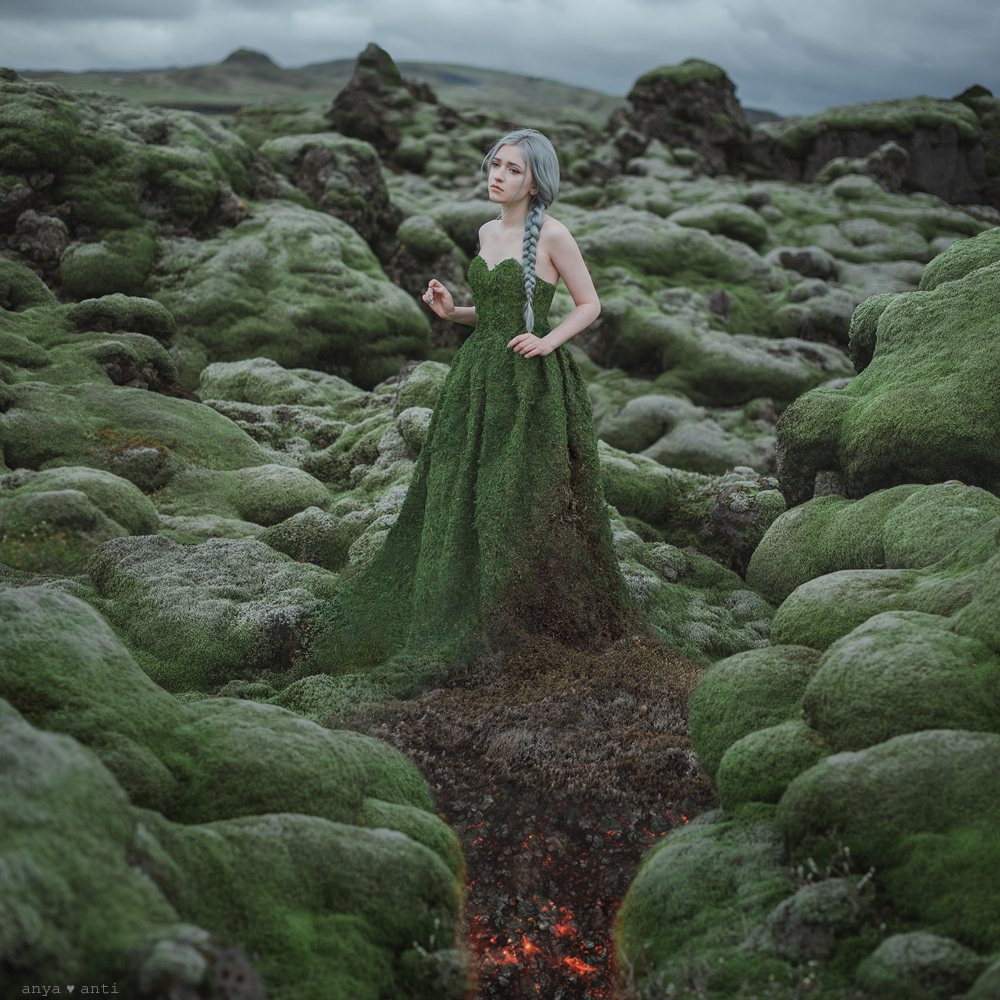
“Deforestation”
What is your background in photography?
I’ve always been a creative person. As a child, I was good at painting and crafts. In 2010, I discovered photography and fell in love with it. With only $400 worth of savings, I bought my first DSLR camera. Unfortunately, I didn’t have an art background or access to professional education in my country, and I didn't know any photography mentors. So, I had to learn everything by myself. I gained all my knowledge and inspiration through social media and online photography communities. I learned through trial and error and analyzing other photographers' work.
When I got into photography, I was struggling to find myself for a while. Like many of us, I was trying different genres. But I was certain about one thing: I wanted to shoot something that would be different from everybody else. When I started shooting people, I wanted to do something beyond just simple portraits. I wanted to show something that could not be seen, add a story, convey an atmosphere, and create a compelling image. So I started experimenting, playing with different lenses, and trying techniques, using props, editing in Photoshop, and adding special effects to my photographs using compositing. One year later, I started creating fine art surrealistic female portraits, which became my preferred genre and a hallmark of my work.

“Extreme Weather”
Many of your works are very surreal and transportive. How do you come up with concepts for your photoshoots?
My photography practice is about storytelling. It all starts with the concept. For me, photography is not just about taking eye-pleasing images. It’s about an idea, an observation, an association, a message, a mood, or an atmosphere. Sometimes it’s abstract and I want the viewer to use their imagination. And sometimes it’s an interesting mix of symbolism and associations.
I get a lot of questions about inspiration and how to come up with ideas. I believe inspiration comes from within. You need to stimulate your vision and you will start to see more things. Think of it as an inner library of visual experience that you collect over time. Once you start to build up your catalog of inspiration, you can draw on different influences, artists, and ideas to help think of your own. I follow many artists on social media and I constantly browse a lot of art and photography. Then, I try to imagine things in unexpected and unconventional ways.
Creativity is like a muscle that you need to exercise. Sometimes small things and different elements around me can trigger an idea. Oftentimes, I build an association or a concept around one of the image components, such as location, prop, model, wardrobe, hair/makeup, pose, light, color, emotion, etc.
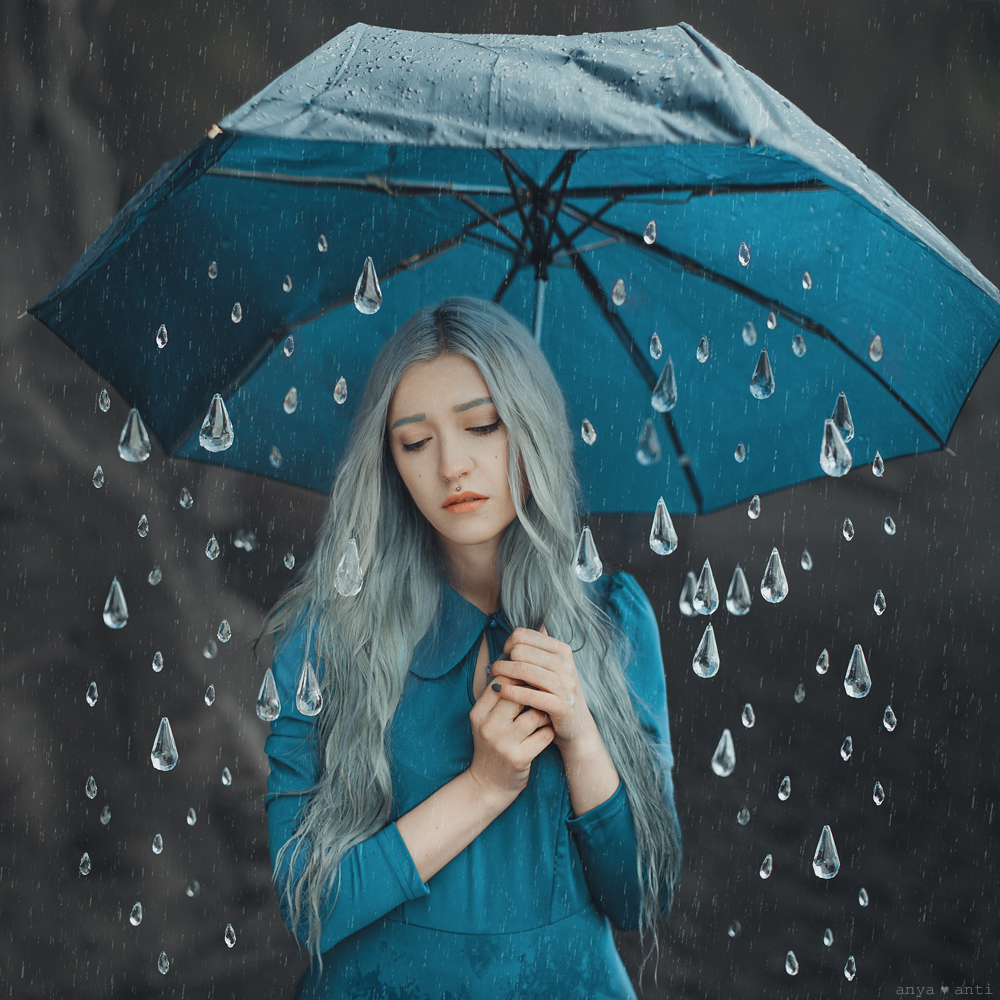
“Extreme Weather”
What kind of research do you perform before a shoot?
I start visualizing my idea to get a better understanding of how it should look like and what I need specifically to bring it to life. A sketch is an excellent way to start. Mood boards are another great way to find image references and share your project ideas with your team to make sure they understand your vision and you're on the same page.
Then I look for the right model and scout for a location. I try to go there before the shoot at the exact time I plan on shooting, check out the set, and what needs to be added. If I’m shooting at the studio, which is usually a setup in my apartment, I make sure I have all the equipment I need. If I’m shooting on location, I check out the natural light before the shoot. I always bring a collapsible reflector with me and think if I need any additional lighting equipment. Then I buy, rent, or make props, costumes, outfits. Sometimes I look for other creatives, like stylists and makeup artists, and reach out to them with collaboration proposals.
It is crucial to think ahead about what kind of editing I’m going to do later on the computer and if there's going to be any compositing involved. Additionally, I think about what additional elements I need, shoot source images right on set and bring any props necessary. Composites are always easier to make look more realistic when the majority of work is done on set.

“Greenhouse Gases”
Tell us more about your newest project, 2.5 Seconds.
A few years ago I started working on my climate change awareness project called 2.5 Seconds. I used “2.5 Seconds” as a title because I wanted to invoke the power of numbers to create a strong, straightforward, and shocking effect.
Planet Earth is 4.5 billion years old. Mankind is about 140,000 years old. If we compress the Earth's existence into a normal full day of 24 hours, then we’ve been on this planet for… 2.5 seconds. In 2.5 seconds, we’ve become the dominant species with a rapidly growing population, causing a catastrophic impact on the environment. We have created the industrial revolution and burned fossil fuels creating more carbon in the atmosphere than ever before. We have caused global warming at a record pace, endangering our own existence. We have cut trees and destroyed forests more than ever before, polluted air, water, and soil. We have created an island of waste, the size of the state of Texas, in the middle of the ocean. We have caused the fourth mass animal extinction. In just 2.5 seconds, we’ve turned the planet into our own personal factory.
The project is a series of photographs that highlight the environmental crisis through metaphors and symbolism. I am using photography as my unique voice to express how I feel and share my fear for the future. I want to bring more meaning to my work and create a strong message for all the people out there. I hope my art will be louder and clearer than words.
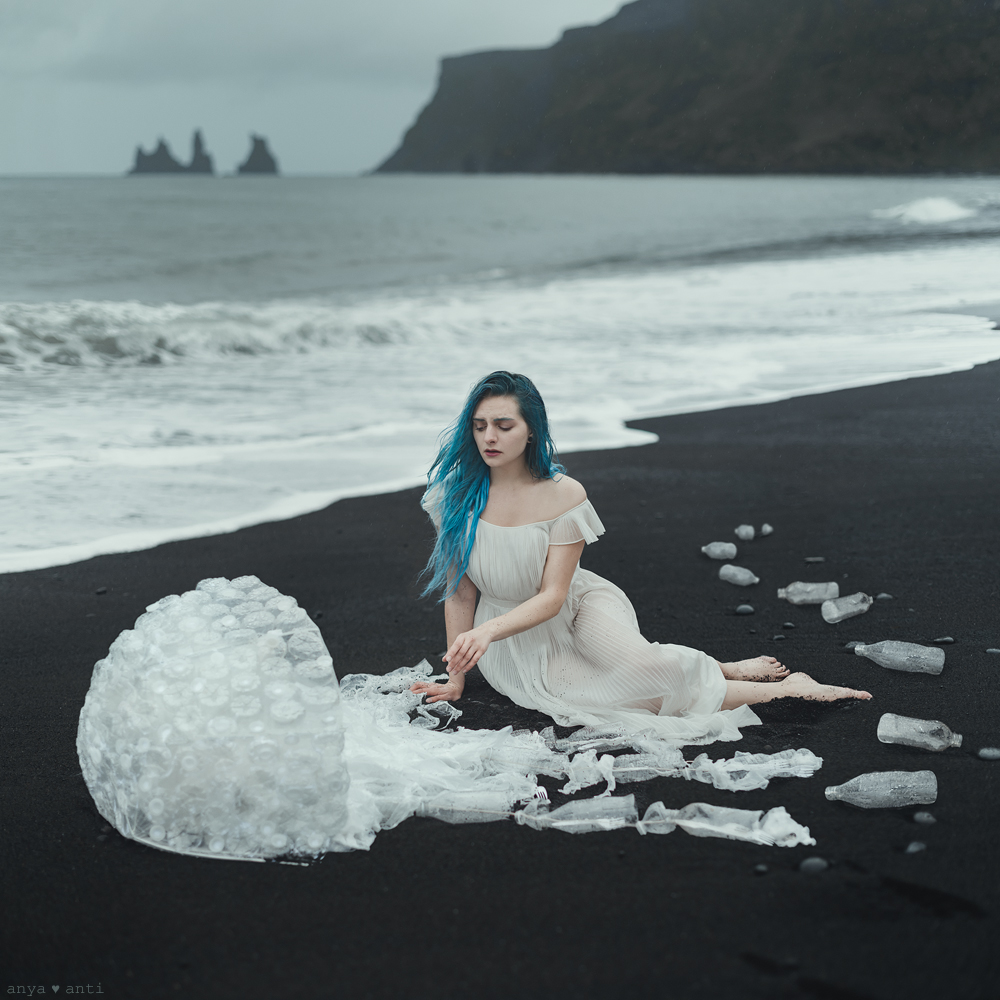
“Plastic Pollution”
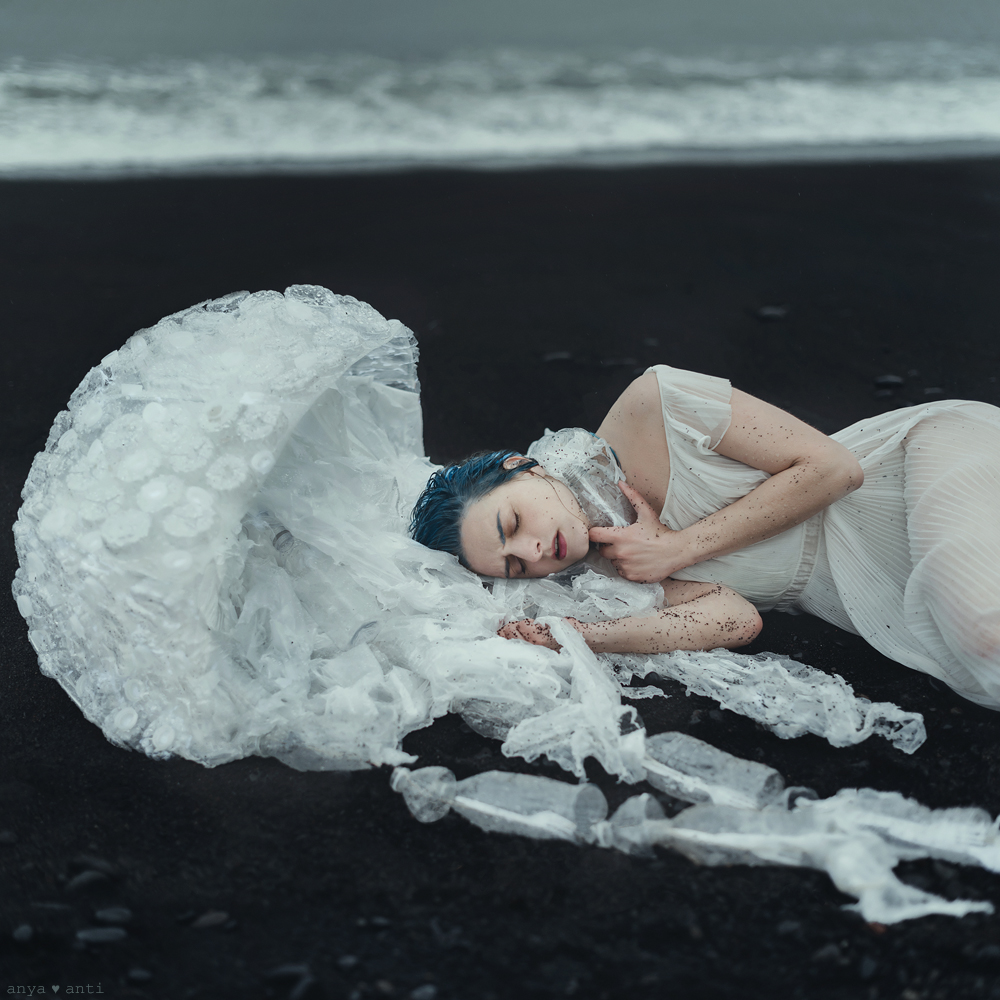
“Plastic Pollution”
How did you get the idea to personify different climate change issues with models?
I work in a genre of conceptual and surrealistic on-location mostly female portraiture. I think it is what I’m best at and what I’m known for. So it was only natural for me to work in that genre for this project and use my artistic style to convey my ideas and spread out the message. I used models as allegorical figures and subjects, props, costumes, and natural landscapes of Iceland to illustrate and represent specific environmental issues.
Why did you choose to base the project in Iceland?
I have always loved nature, and have been both amazed and captivated by our planet’s beauty. I've traveled to many places before, but none of them could compare to what I felt and saw in Iceland. Visiting Iceland for the first time had a great impact on me and made me realize that our planet is fragile and its beauty may disappear. The thought that nature is being affected and destroyed by the changing climate became personal, shocking, and upsetting. I wanted to capture and preserve Iceland's incredible beauty through my art while I still can. Also, Iceland has some of the most unique and diverse landscapes on the planet, it offers a variety of locations that fit my ideas and were perfect for this project.
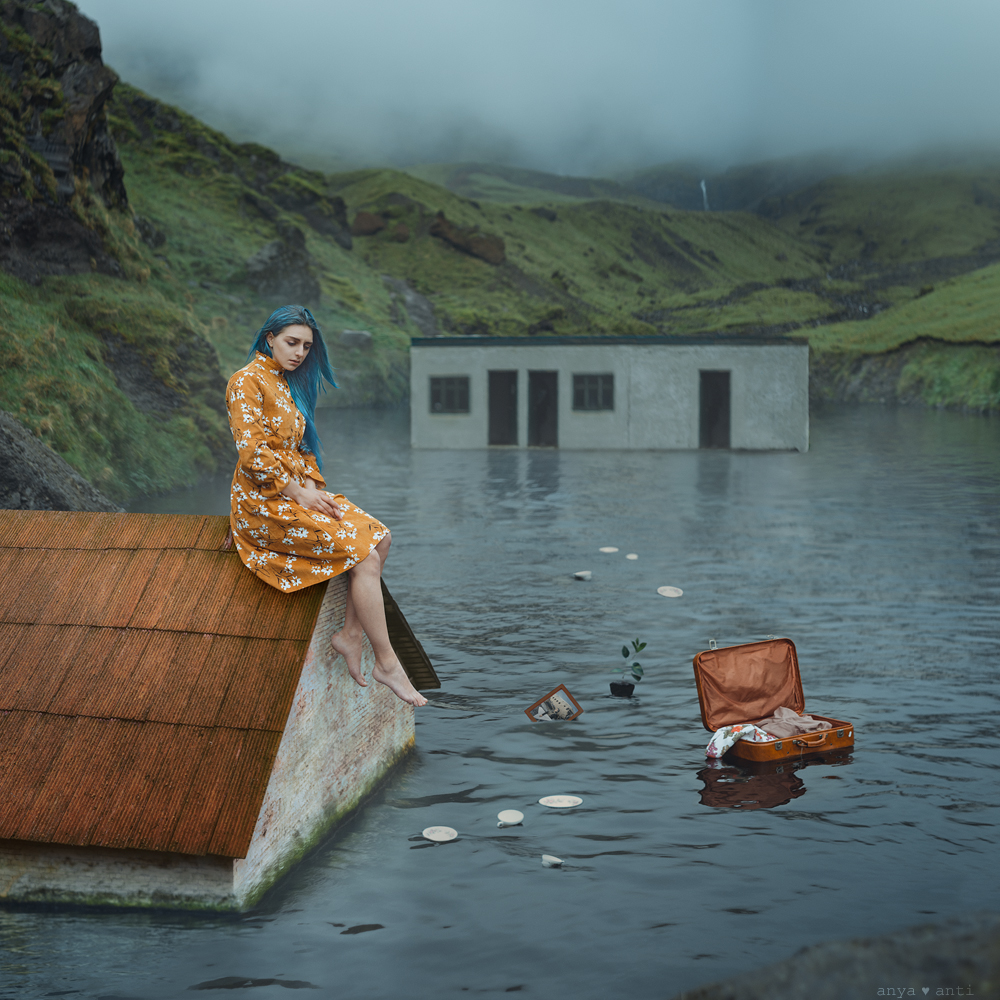
“Sea Level Rise”
Is there a piece from this series that you are most proud of?
I am very proud of the whole project and I love every single image. But if I would have to choose I’d probably say the photo Sea Level Rise is the one I’m most proud of. Simply because it was the most challenging in terms of execution and I had no idea how it would come out until I came back to New York and started editing. This time, I couldn’t rely on the props really and the setup was beyond my control. Nonetheless, I still prepared. Originally, my model was sitting on a piece of white-bricked wall with an open swimming pool in the back. I couldn’t really build a setup and flood the area. So my only hope was to be able to use my editing skills and transform the white wall into the house, a piece of spray-painted cardboard into its rooftop and use the pool as a base for the flooded area. Even my husband was skeptical I could pull it off. But I did.

“Glacier Melt”
(continued) Another one I’m really proud of is Glacier Melt. This was probably the most challenging concept and photoshoot of the whole project. I wanted to create a costume that would look like melting ice with ice crystals and water drops and at the same time make it look like it’s not a piece of clothing but rather a part of an ice creature that would represent glaciers. I made the costume myself and spent an enormous amount of time on it. I used tulle fabric that I roughly stitched together on the sides, nude sheer tights, acrylic crystals, and teardrop beads of different sizes that I hot glued and sewed directly to the fabric. I wanted to create an illusion that my subject is naked and that crystals are a part of her body attached straight to the skin that’s why I used transparent nude-colored tulle. The photoshoot itself was also very difficult. I wanted to shoot the concept next to the real glacier. It was extremely cold, and we had to shoot under freezing rain and wind. My model was half-naked wearing a bodysuit and an ice costume. I had to be very quick and very efficient.
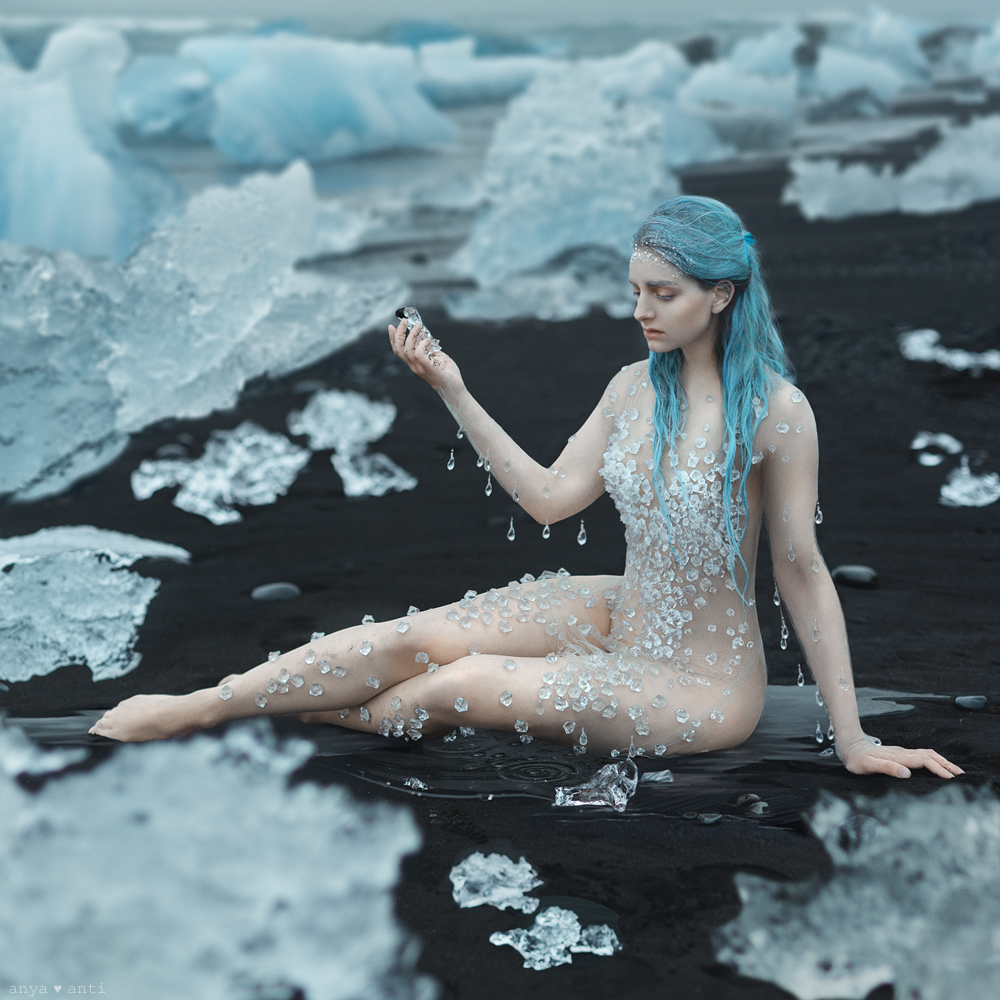
“Glacier Melt”
How important is the editing process for your photos?
Post-production and photo manipulation are essential in my work. Just like my camera, computer and editing software is another powerful tool for creating artwork. Editing helps me embody my fantasies, create something that is not possible to capture, bring my work to the next level to suit my imagination, and create dramatic effects. It gives me a big potential to convey my idea and match everything that was captured to my vision. With some Photoshop magic, I transform, enhance and bend the reality.
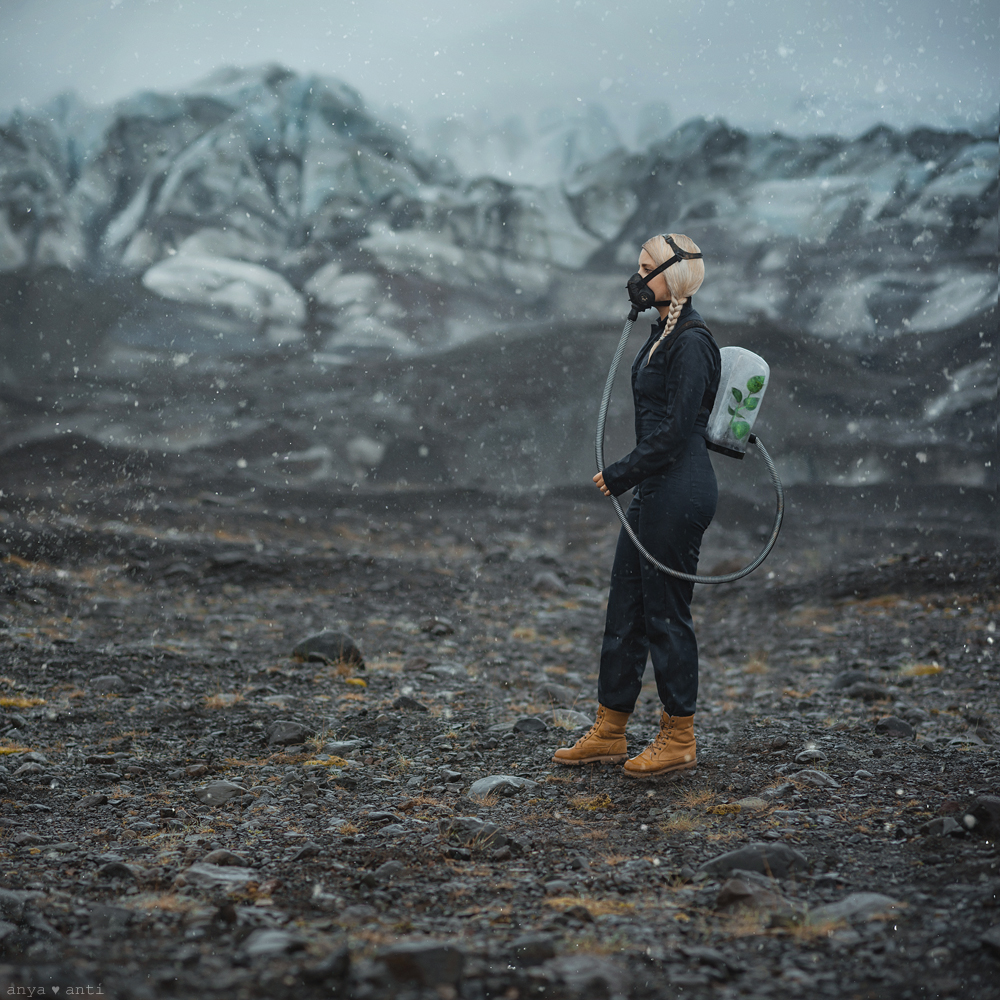
“Pollution”
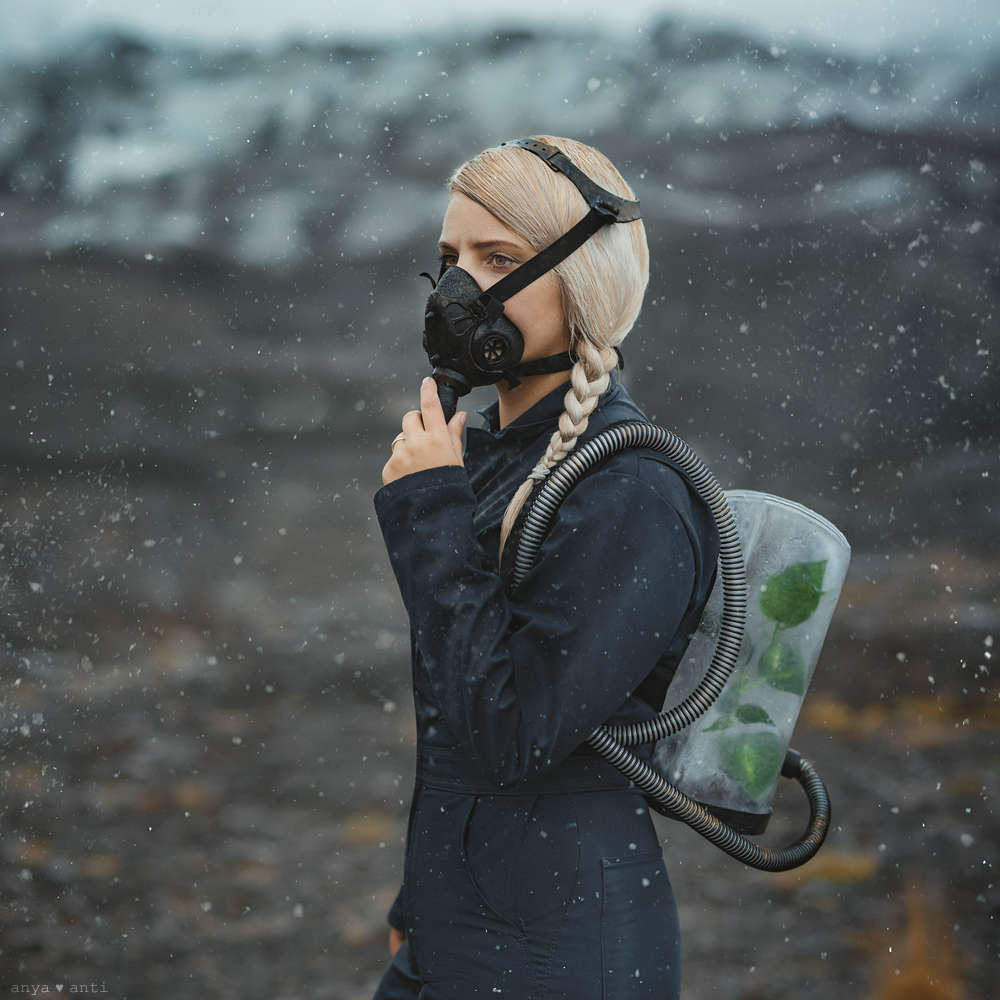
“Pollution”
What do you hope people will take away from these images?
With my project 2.5 Seconds, I hope to raise awareness of climate change, start a conversation about the issue, and educate more people about the facts, the urgency of the crisis, and the seriousness of its consequences. I really hope that my work will make a strong impression or at least get people interested in doing research and learn more about the problem. And then maybe start implementing lifestyle changes, be vocal and mindful about it, demand action from the authorities, and vote, as I did.
Do you have any upcoming projects you can tell us about?
Right now I really want to start posting more actively on my Youtube channel and share more tutorials, shooting and editing tips and tricks, and behind the scenes.
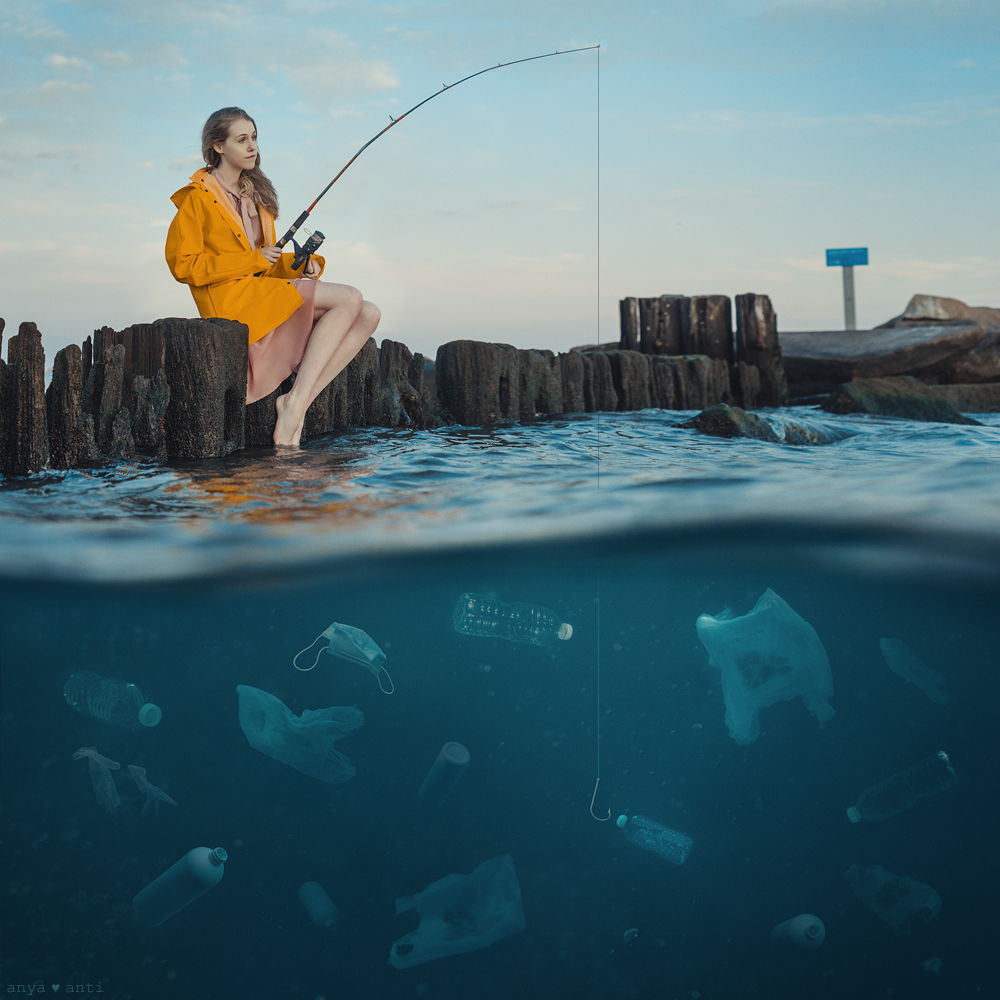
“Plastic Pollution”












































































